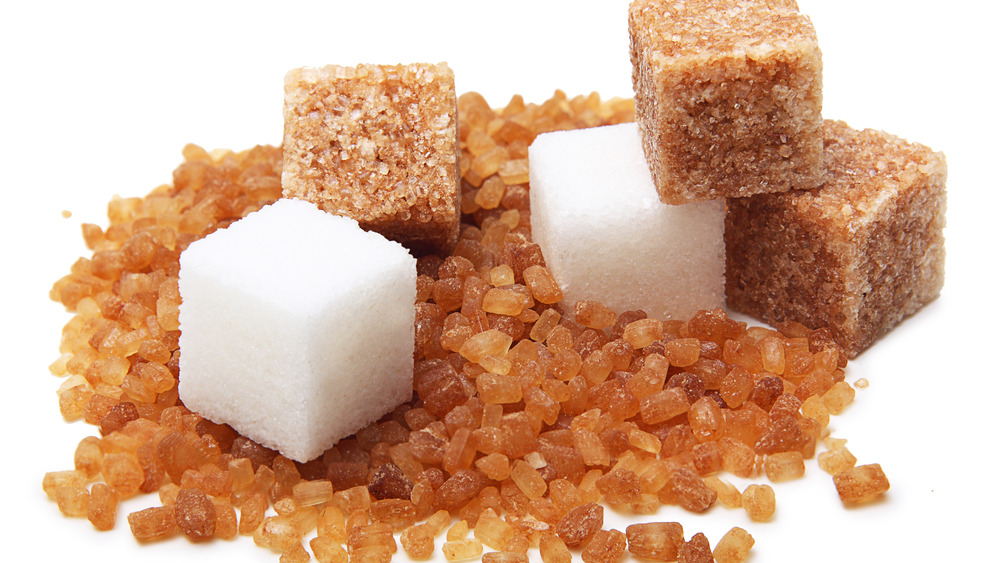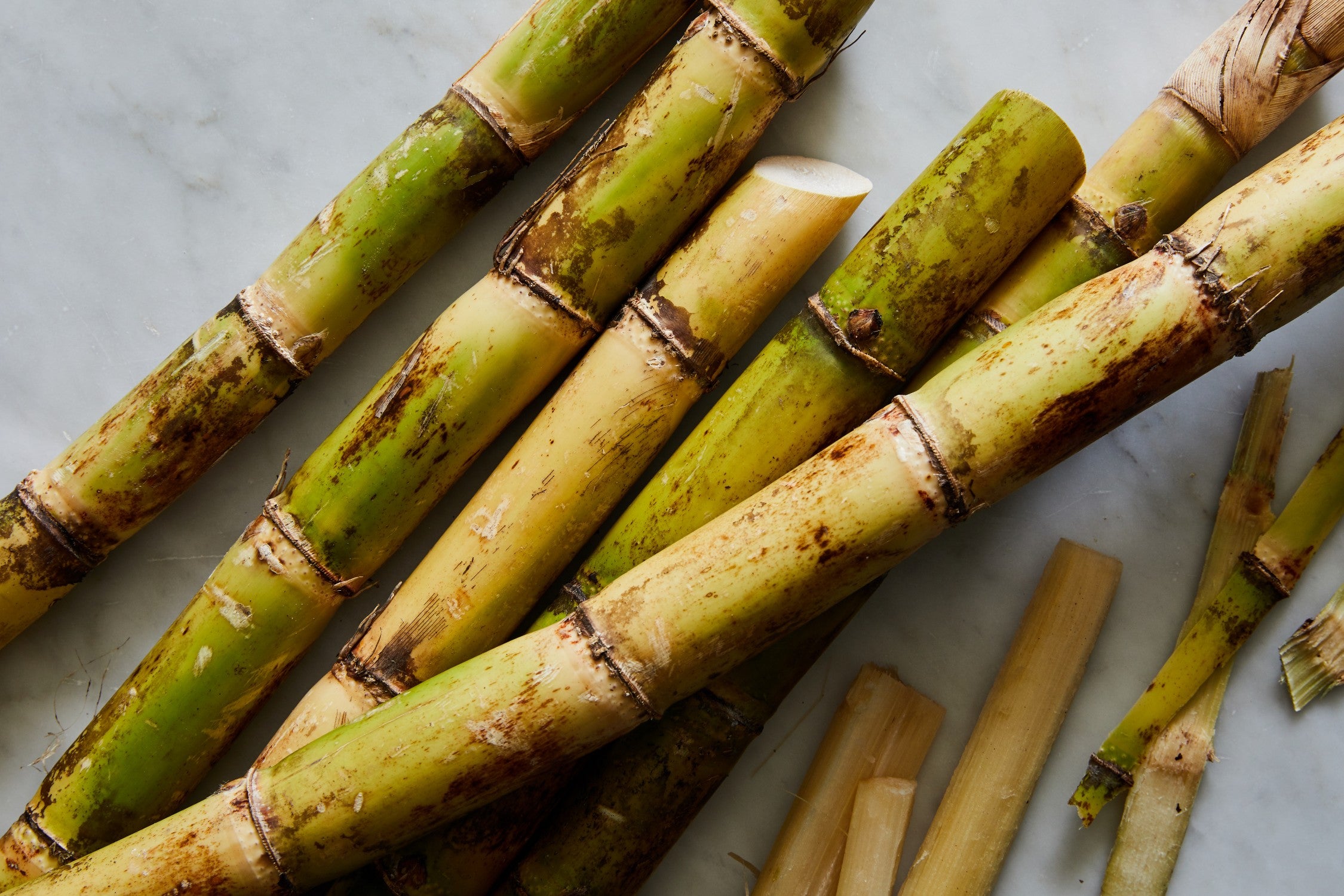Cane Sugar Processing: From Field to Table-- A Step-by-Step Guide
Cane Sugar Processing: From Field to Table-- A Step-by-Step Guide
Blog Article
Checking Out the Comprehensive Tips Associated With Walking Cane Sugar Handling From Harvesting to Refinement
The process of cane sugar manufacturing encompasses a series of elaborate actions, beginning with the careful harvesting of sugarcane and culminating in the improvement stages that guarantee the last item fulfills sector standards. Each stage, from the extraction of juice to the filtration and crystallization processes, plays a critical function in determining the quality and character of the sugar.
Gathering Sugarcane
Gathering sugarcane is an essential action in the cane sugar handling chain, as it straight affects the top quality and return of the final item. Proper timing and techniques are vital throughout this stage to make certain optimal sugar material and lessen losses. Generally, sugarcane is gathered when it reaches maturation, generally 12 to 18 months after growing, defined by a high sucrose concentration.

Post-harvest, the sugarcane must be refined promptly to avoid sucrose deterioration. Ideally, harvested walking cane needs to be moved to refining facilities within 24 hr to preserve sugar top quality. Consequently, reliable logistical preparation is vital to keep the honesty of the collected plant throughout the supply chain.
Extraction Process

The smashed walking stick goes through a series of pressing procedures to make best use of juice recuperation. Typically, warm water is sprayed onto the smashed cane, producing a countercurrent circulation that aids liquify the sugar while additionally helping in the extraction procedure. The juice accumulated from this operation includes not only sugar but also various organic compounds and contaminations.

To enhance extraction performance, some centers might employ diffusion methods, where the sugarcane is soaked in warm water, permitting the soluble sugars to diffuse right into the liquid. The resulting juice, abundant in sucrose, is after that directed to subsequent handling phases, laying the structure for filtration and improvement. The removal procedure is hence crucial in determining the high quality and yield of the final sugar item.
Filtration Methods
The filtration strategies used in cane sugar handling are important for transforming the raw juice into a top notch sugar item. These techniques mostly intend to get rid of contaminations, such as soil, plant materials, and not natural substances, which can negatively impact the end product's flavor and color.
Among the most usual purification strategies is clarification. This procedure involves adding lime and warm to the raw juice, which promotes the coagulation of contaminations. The resulting precipitate is then removed through sedimentation or purification, producing a more clear juice. Furthermore, the usage of phosphoric acid can improve the clarification process by additional binding contaminations.
An additional considerable strategy is carbonatation, where co2 is presented to the cleared up juice. This reaction produces calcium carbonate, which records staying impurities and promotes their elimination.
Moreover, activated carbon therapy may be applied to adsorb any staying colorants and natural pollutants, ensuring an extra refined item. The combination of these approaches efficiently prepares the sugar juice for subsequent actions in the refining process, establishing the stage for the manufacturing of high-quality walking cane sugar.
Condensation Methods
After the filtration phase, the next important step in walking cane sugar processing involves formation approaches, which play a critical function in transforming the clarified juice right into strong sugar. This procedure typically employs 2 primary approaches: spontaneous condensation and regulated crystallization.
In spontaneous condensation, supersaturated sugar remedies are enabled to cool down normally, leading linked here to the development of sugar crystals over time. This method enables for the consistent development of sugar crystals and higher purity.
Throughout formation, the clarified juice is focused through dissipation, raising its sugar web content until it reaches supersaturation. As soon as this factor is accomplished, either technique can help with the crystallization procedure. Cane Sugar Processing. The resultant sugar crystals are after that separated from the remaining syrup via centrifugation
Inevitably, the selection of formation technique impacts the quality, dimension, and pureness of the final sugar item, making this action essential in the general walking cane sugar processing treatment.
Improvement and Packaging
Just how can the pureness and quality of walking cane sugar be additionally enhanced after crystallization? The improvement process plays an essential duty in accomplishing premium cane sugar. Adhering to condensation, sugar goes through a complete cleaning to eliminate impurities and recurring molasses. This is usually accomplished utilizing warm water or vapor, which assists liquify and extract undesirable aspects while protecting the sugar crystals.
Next, the sugar goes through a procedure called centrifugation, where it is spun at broadband to divide the purified sugar crystals from the staying fluid. After centrifugation, the sugar is frequently additional improved through an approach called carbonization or phosphatation, which utilizes triggered carbon or phosphoric acid to eliminate color and off-flavors.
When refined, the sugar is dried to accomplish the wanted moisture material, guaranteeing that it remains steady throughout storage and transport. The final action includes product packaging the refined sugar in impermeable and moisture-proof containers to maintain its quality and stop contamination. Cane Sugar Processing. Proper packaging not just expands service life but likewise assists in very easy handling and distribution, guaranteeing that consumers get sugar that fulfills the highest standards of purity and high quality
Final Thought
The comprehensive steps associated with walking stick sugar handling, from the meticulous harvesting of sugarcane to the complex improvement and packaging phases, emphasize index the significance of each phase in visit this website making sure high-quality sugar production. Ideal harvesting strategies, efficient extraction techniques, and extensive purification processes jointly add to the end product's pureness and security. The crystallization and subsequent product packaging techniques better enhance the integrity and shelf life of the sugar, highlighting the complexity and precision fundamental in this important agricultural market.
The procedure of cane sugar production incorporates a series of elaborate steps, starting with the cautious harvesting of sugarcane and finishing in the improvement stages that make certain the final product fulfills market criteria. Preferably, harvested walking cane must be delivered to processing facilities within 24 hours to maintain sugar high quality.In spontaneous formation, supersaturated sugar options are enabled to cool normally, leading to the formation of sugar crystals over time - Cane Sugar Processing. The refinement procedure plays a crucial role in achieving top quality cane sugar.The comprehensive actions entailed in walking stick sugar processing, from the thorough harvesting of sugarcane to the elaborate improvement and packaging stages, underscore the importance of each stage in guaranteeing high-grade sugar production
Report this page